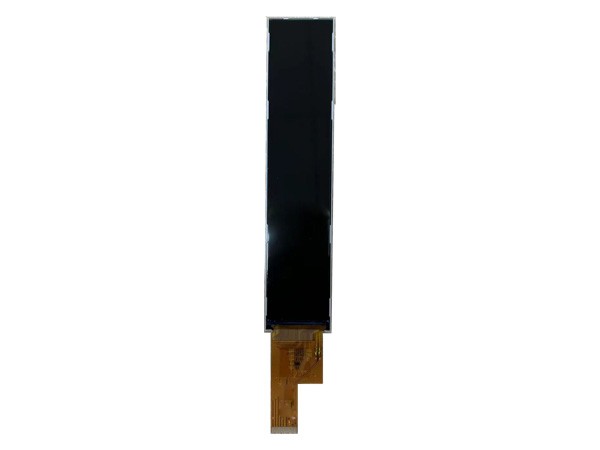What is a TFT LCD Module & Why It’s Essential in Modern Displays

In today’s digital world, display technology has become an integral part of our daily lives. From smartphones and car dashboards to medical devices and industrial machines, clear and vibrant visual interfaces are a must. One of the most widely used display technologies is the TFT LCD module. But what exactly is it, and why is it so popular?
What is a TFT LCD Module?
TFT stands for Thin Film Transistor, and LCD stands for Liquid Crystal Display. A TFT LCD module combines these two technologies to offer a bright, high-resolution, color-rich display. It uses thin-film transistors to control the brightness and color of each pixel individually, resulting in faster response times and improved image quality compared to traditional passive matrix displays.A typical TFT LCD module includes several components: the TFT display panel itself, a backlight (usually LED), a driver board, and sometimes a touch panel. These modules are commonly integrated into devices that require a human-machine interface (HMI), such as consumer electronics, industrial equipment, automotive dashboards, and more.
How Does TFT LCD Module Work?
The TFT layer acts like a grid of tiny switches that control the individual pixels in the LCD. When voltage is applied, the liquid crystals align to allow light to pass through colored filters, producing the desired image. Since each pixel is actively controlled, TFT LCDs can display sharper images and faster movements—ideal for everything from video playback to detailed user interfaces.
Advantages of TFT LCD Modules
●High Resolution: TFT technology supports high pixel density, making it perfect for applications requiring fine detail, such as medical imaging or GPS devices.●Vivid Color: These modules can display millions of colors with excellent contrast and brightness.
●Fast Refresh Rate: Unlike passive displays, TFT LCDs can refresh quickly, allowing for smoother transitions and less motion blur.
●Wide Range of Sizes: From tiny 1.44-inch modules to large 15-inch industrial screens, there’s a size for nearly every application.
●Energy Efficiency: With LED backlighting and efficient power management, modern TFT modules consume less energy compared to older display technologies.
Common Applications of TFT LCD Module
TFT LCD modules are incredibly versatile. You’ll find them in:●Consumer Electronics: Smartphones, tablets, smartwatches
●Automotive Displays: Instrument clusters, infotainment systems, rearview cameras
●Industrial Equipment: Touch panels on factory machines, control interfaces
●Medical Devices: Patient monitors, diagnostic equipment
●Home Appliances: Smart thermostats, washing machines, and more
Choosing the Right TFT LCD Module
When selecting a module for your project, consider:●Resolution and Size: Choose based on the visual requirements and available space.
●Touchscreen Capability: Capacitive or resistive touch options are available.
●Interface: Common options include SPI, I2C, RGB, and HDMI.
●Brightness and Viewing Angle: Important for outdoor or angled viewing applications.
●Operating Temperature: Critical for industrial or outdoor environments.
Conclusion
TFT LCD modules are a cornerstone of modern display technology. Their superior image quality, fast response times, and adaptability make them ideal for countless applications. Whether you're developing a new consumer gadget or upgrading industrial equipment, choosing the right TFT LCD module can significantly enhance the user experience.



